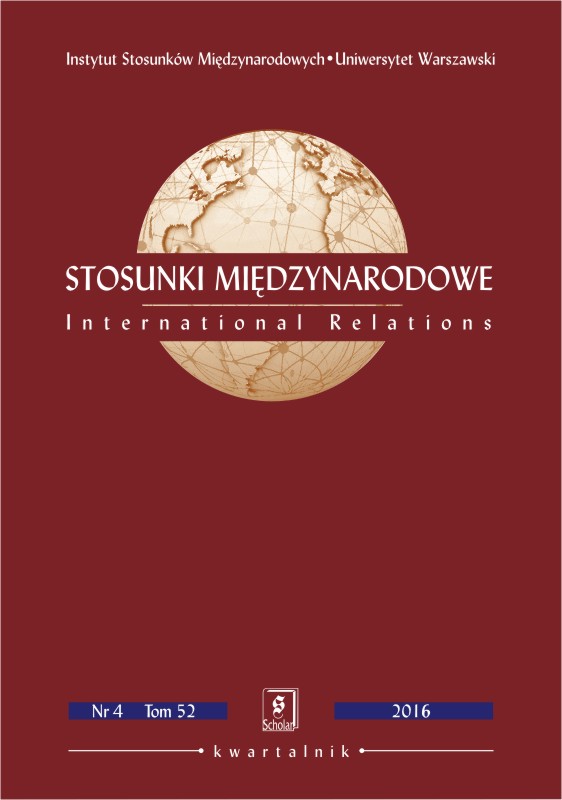Rada Bezpieczeństwa Narodów Zjednoczonych po zimnej wojnie
THE UN SECURITY COUNCIL AFTER THE COLD WAR
Author(s): Irena Popiuk-RysińskaSubject(s): Politics / Political Sciences, Politics, International relations/trade
Published by: Wydawnictwo Naukowe Scholar Sp. z o.o.
Keywords: United Nations Security Council;United Nations;veto;human rights;genocide;Charter of the United Nations;conflict;terrorism;international security
Summary/Abstract: The UN Security Council has considerably evolved since the end of the Cold War. This evolution has covered three dimensions: the object of activity, instruments and procedure. The increasingly broader definition of threats to international security and peace were accompanied by changes in terms of the means and measures used, which went substantially beyond what was specified in the UN Charter. The new normative and quasi-judicial competences of the Council are of particular importance. The development of the Security Council’s competences as regards its scope of activityand operation justifies the conclusion that the power of this body has ‘expanded’, but at the same time it gives rise to the problem of legitimacy. There is no doubt that the composition of the Council, which includes five permanent members with veto power and ten non-permanent members, elected every two years in accordance with the principle of fair geographical representation and having no veto power, does not reflect the current distribution of power and interests. Moreover, the very procedure of the Council, as a body that is closed off from the world, subject to virtually no control and working without proper transparency, has undermined its credibility, even more so given that its decisions are binding to all countries. So far the attempts to comprehensively change this state of affairs have failed; there was some success, however, in improving the functioning of the Council, decreasing the democratic deficit, increasing transparency and including third parties in the decision-making processes. The article analyses how the Council is presented in the UN Charter and then analyses the processes of increasing the scope of activity and competences as well as of expanding and diversification of measures. It alsoRada Bezpieczeństwa Narodów Zjednoczonych po zimnej wojnie 241 addresses the issue of procedural change aimed at streamlining the functioning and democratisation of this body.
Journal: Stosunki Międzynarodowe
- Issue Year: 52/2016
- Issue No: 4
- Page Range: 221-241
- Page Count: 21
- Language: Polish

